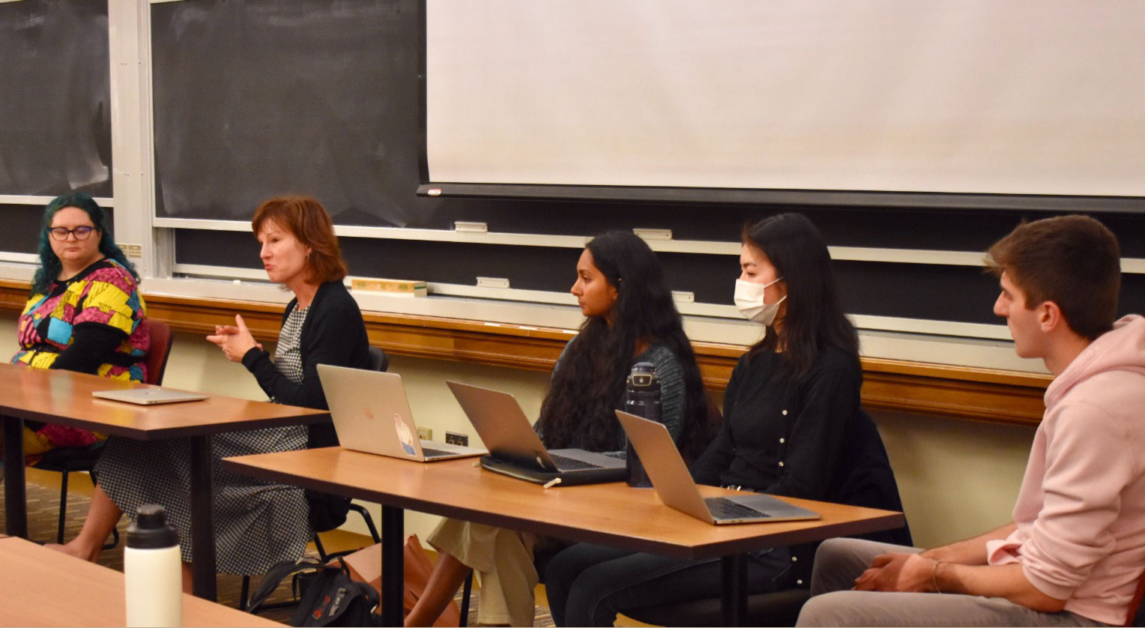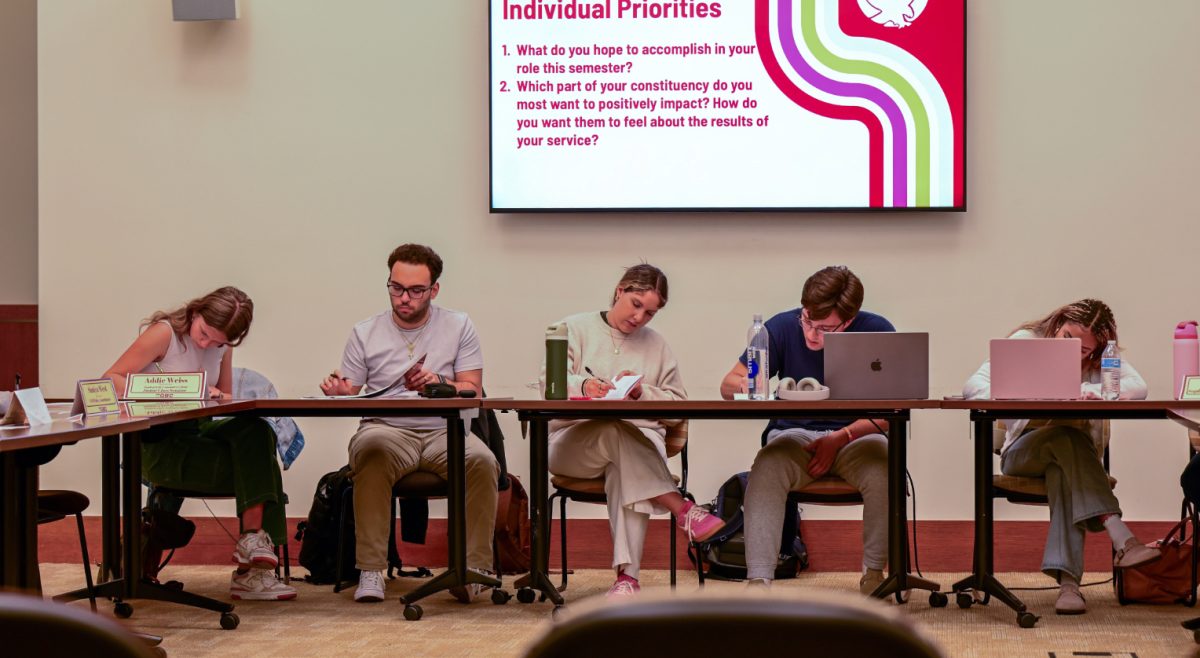“We have extreme and growing rates of maternal mortality, and we have persistent disparities by race and ethnicity,” Edmonds said. “It really represents poor health and poor valuing of women and birthing persons.”
Edmonds and Tara Casebolt, a core fellow and visiting assistant professor in global health, led a panel discussion on the current state of maternal health on Nov. 1 at an event hosted by Partners in Health Engage BC and the BC Public Health Club.
Throughout the lecture, Edmonds and Casebolt compared the use of birthing attendants, cesarean delivery rates, postpartum care, and mortality rates to different cultures and economies across the globe.
Edmonds first explained how her research and dissertation explore postpartum mortality concerns.
“Postpartum hemorrhage is the leading cause of maternal mortality globally,” Edmonds said. “All women bleed after birth, but it’s really about recognizing the normal switch to abnormal and that’s based on the quantity of blood loss.”
In addition to the difficulty of quantifying blood loss, Edmonds said cultural beliefs about blood loss in some areas of Bangladesh contribute to the challenges of treating women for hemorrhages.
“Around rural, low-educated families, there were still superstitions and cultural beliefs about blood loss,” she said. “Your period stopped for nine months, and so [some believe] it’s healthy to bleed.”
After examining these trends in Bangladesh and moving back to the United States, Edmonds said she transitioned her research to look at cesarean delivery rates from a global perspective.
“Cesarean delivery rates have huge variability,” she said. “They call it the kind of Goldilocks problem—like too much, too soon here in the United States, and too little, too late in places like Sub-Saharan Africa and Asia.”
Edmonds said the World Health Organization suggests that cesarean delivery rates in the U.S. should be at a population level between 10 to 19 percent in order to prevent maternal morbidity and mortality. Thirty-three percent of U.S. births, however, are surgically delivered, so Edmonds said she is looking at modifiable factors to reduce that rate.
“There is small to moderate evidence that audit and feedback—so giving physicians, family physicians, and midwives back their individual C-section rates … compared to their rate compared to their peers—can motivate people to think about potential practice changes or what they might do differently,” she said.
Unlike Edmonds, who works on the clinical and research sides of maternal health, Casebolt said she focuses on program development, planning, and management and policy development at national and international levels in different countries.
Casebolt said she served in Ethiopia and Zambia Centers for Disease Control and Prevention offices. She focused her research on access to reproductive health services for people with disabilities in low- and middle-income countries.
“In Ethiopia they have a government health system where the government runs … the majority of the hospitals and clinics,” Casebolt said. “And so if you give a guideline to the ministry of health, that applies to the vast majority of clinics within hospitals in the country.”
Casebolt also focused on health care practices involving disabled individuals of reproductive age—which she said is about 10 to 15 percent of people between the ages of 15 and 49—and how their limited access to health care affects other populations as well.
“There’s just not enough facilities, especially in rural areas around the world,” Casebolt said. “That’s a problem when we don’t have good transportation for people who are having babies in a lot of the world.”
Many countries have privately owned ambulances, according to Casebolt, which particularly impacts obstetric emergencies.
“There’s a huge shortage of providers in low-income countries,” Casebolt said. “I’m not going to lie, that’s part of our fault because we have something called brain drain, which is basically trained health providers moving from low-income countries to high-income countries where they can make more money.”
Overall, Edmonds said there should be a greater priority placed on maternal health—before, during, and after pregnancy.
“We are concerned about the lifespan of birthing people—it’s not just about that intrapartum period,” Edmonds said. “We are concerned about keeping women healthy prior to birth and keeping them healthy after birth.”













